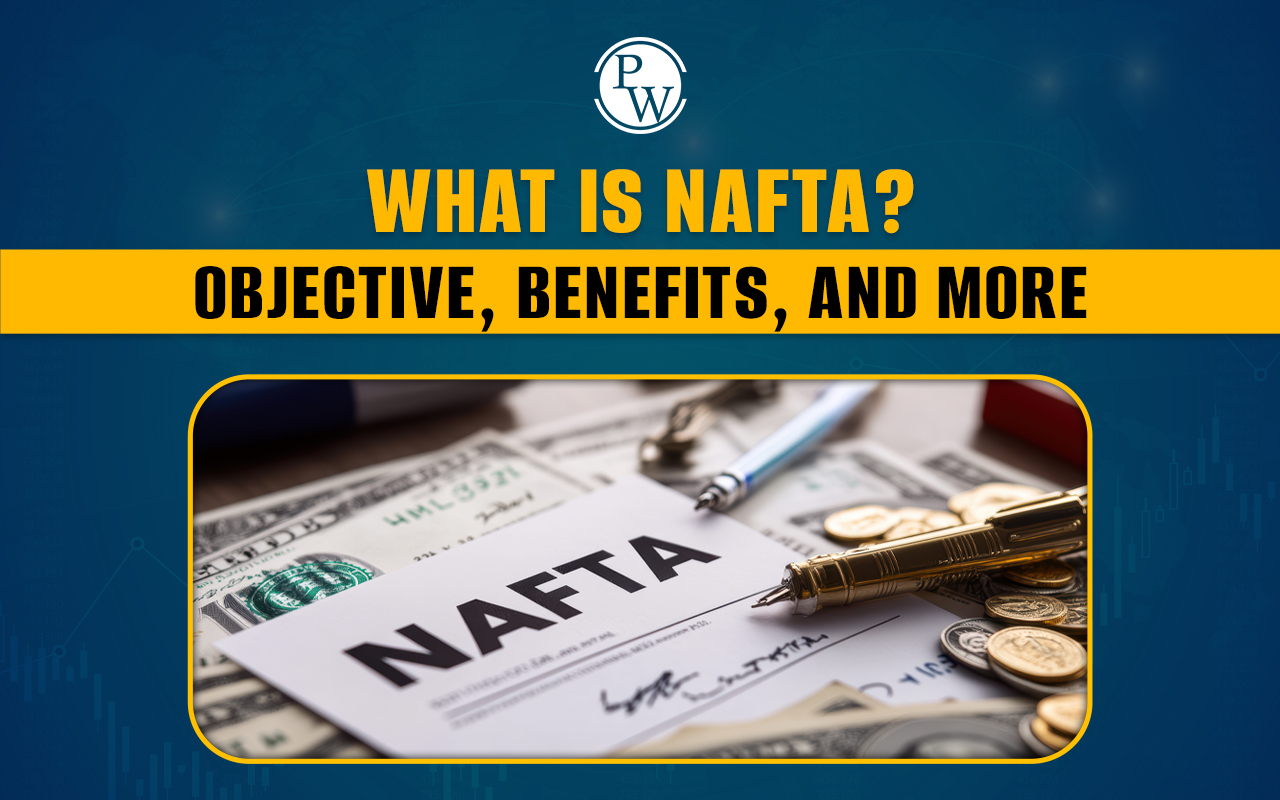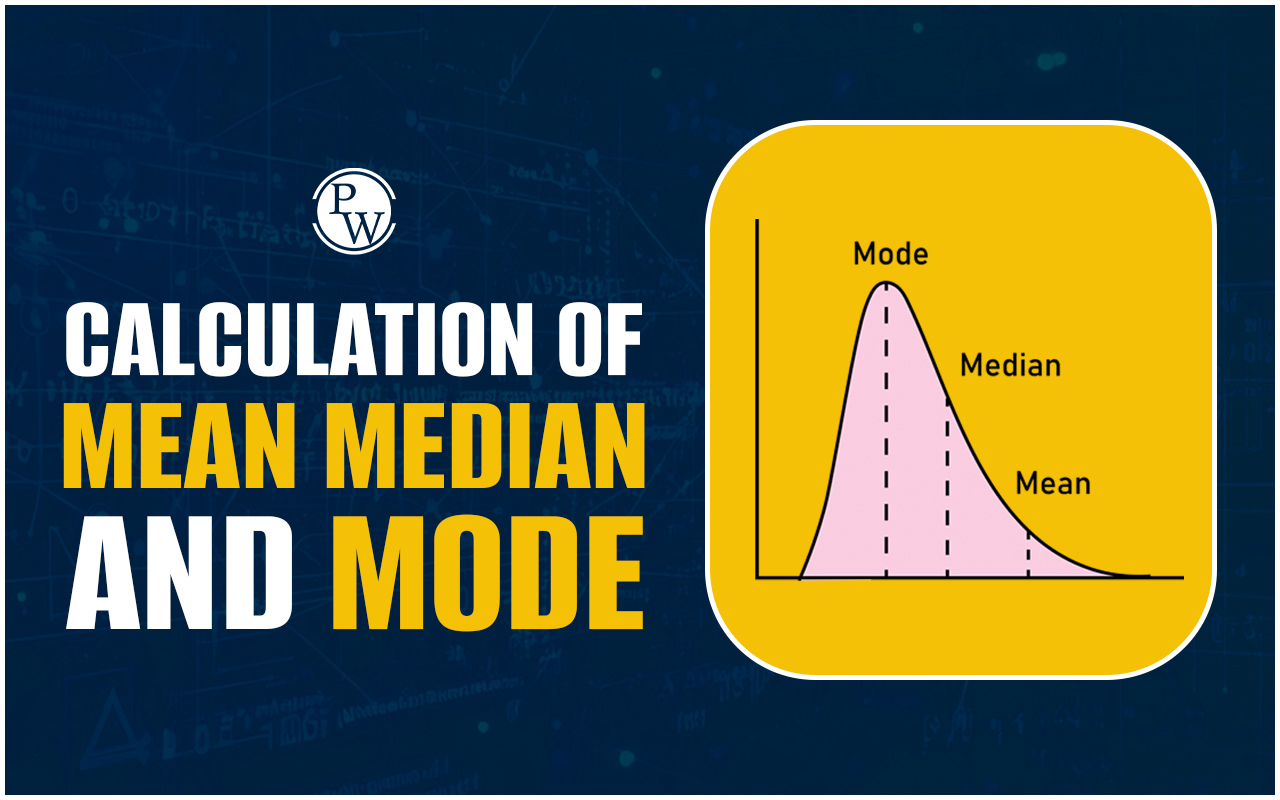

The North American Free Trade Agreement (NAFTA), implemented in 1994, marked a significant step in promoting economic collaboration among the United States, Canada, and Mexico. Often referred to as a tripartite trading bloc, this agreement aimed to eliminate trade barriers and create a framework for smooth commerce across North America. It succeeded the Free Trade Agreement (FTA) between the United States and Canada, incorporating Mexico to strengthen regional ties and expand opportunities.
In this blog, we’ll learn the essence of NAFTA, its controversies, benefits, and eventual transition to the United States-Mexico-Canada Agreement (USMCA).What Is NAFTA?
NAFTA was a groundbreaking agreement that created a free trade zone among the U.S., Canada, and Mexico. It aimed to: Eliminate tariffs on key products, such as agricultural goods, textiles, and automobiles. Protect intellectual property rights and establish investment-friendly policies. Foster economic integration by removing barriers to trade and investment. NAFTA also introduced two side agreements: NAALC : The North American Agreement on Labor Cooperation, which addressed labor rights and workplace safety. NAAEC : The North American Agreement on Environmental Cooperation, focused on sustainable development and environmental protection. By providing a robust framework, NAFTA deepened political and economic relationships among the three countries, boosting regional collaboration.Objectives of NAFTA
NAFTA's primary aim was to promote free trade and economic integration across North America. Its objectives included:Elimination of Tariffs
NAFTA sought to remove tariffs on the majority of goods traded among the member countries, making trade more efficient and cost-effective.Market Access
It aimed to provide equal access to markets across all three nations, encouraging competition and innovation.Investment Opportunities
By fostering a stable investment climate, NAFTA encouraged foreign direct investment (FDI) among member countries.Enhanced Economic Growth
The agreement was designed to boost economic growth, create jobs, and improve living standards across North America.Protection of Intellectual Property
NAFTA included provisions to protect intellectual property rights, ensuring fair competition.Do you know what is: What is Capitalist Economy?
Benefits of NAFTA
The agreement brought substantial economic and trade benefits:Boost to Trade
NAFTA significantly increased cross-border trade within North America. It quadrupled trade volumes and created new opportunities for businesses and consumers.Lower Costs for Businesses
The removal of tariffs reduced costs, allowing small and medium enterprises (SMEs) to engage in international markets without a physical presence.Consumer Advantages
Consumers benefited from lower prices on imported goods, reduced inflation risks, and a stable interest rate environment.Economic Growth
NAFTA stimulated foreign direct investment (FDI) in Mexico and Canada, creating markets for U.S.-based businesses and leveling the playing field for companies in the region.Framework for Trade Practices
The agreement established mechanisms for dispute resolution, labor rights, and environmental safeguards, ensuring fair trade practices.Controversies Surrounding NAFTA
Despite its success, North American Free Trade Agreement was often criticized for its impact on employment, wages, and environmental sustainability.Job Losses
Labor unions in the U.S. and Canada raised concerns about job outsourcing to Mexico, where labor costs were lower. This led to fears of wage suppression and declining job security.Environmental Concerns
Critics argued that North American Free Trade Agreement’s environmental protections were insufficient, resulting in increased pollution and exploitation of natural resources.Trade Deficits
Former U.S. President Donald Trump contended that North American Free Trade Agreement contributed to a trade deficit with Mexico and the loss of manufacturing jobs, fueling calls for a renegotiated agreement.Transition to USMCA
The controversies and changing business environment led to the renegotiation of North American Free Trade Agreement. In January 2017, discussions began to update the agreement, and by July 1, 2020, it was replaced by the United States-Mexico-Canada Agreement (USMCA). The USMCA addressed several issues, including: Labor Standards : Stricter measures to ensure fair wages and improved working conditions. Environmental Protections : Enhanced commitments to sustainable development. Digital Trade : Provisions for e-commerce and data protection. Automotive Rules : New requirements for regional content in vehicle manufacturing. The revised agreement aimed to modernize trade relations and make the framework more equitable for all parties. The North American Free Trade Agreement symbolized a major step toward economic integration and globalization. While it brought notable benefits in terms of trade, investment, and consumer advantages, its criticisms highlighted the complexities of balancing economic growth with social and environmental responsibilities. The transition to the United States-Mexico-Canada Agreement (USMCA) reflects the need to adapt trade agreements to evolving global and regional challenges. By addressing North American Free Trade Agreement’s shortcomings, USMCA continues the legacy of fostering collaboration and mutual growth in North America. Join PW Commerce Online Course now and excel in your academic and professional pursuits!What is NAFTA FAQs
What was the primary purpose of NAFTA?
NAFTA aimed to eliminate trade barriers, such as tariffs, among the United States, Canada, and Mexico. It sought to promote cross-border trade, investment, and economic integration while establishing frameworks for intellectual property rights, labor, and environmental cooperation.
How did NAFTA impact employment in member countries?
NAFTA created jobs in industries like agriculture, automotive, and manufacturing by boosting trade. However, it also led to job losses in some sectors, particularly in the U.S. and Canada, as businesses shifted operations to Mexico for lower labor costs.
Why was NAFTA replaced with the USMCA?
NAFTA was replaced by the United States-Mexico-Canada Agreement (USMCA) in 2020 due to criticisms about its impact on jobs, trade deficits, and insufficient labor and environmental protections. The USMCA introduced updates to address these concerns and modernized trade practices for the digital age.
What were the key benefits of NAFTA?
NAFTA boosted trade among the three countries, reduced tariffs, increased foreign direct investment, and lowered consumer prices. It also provided a framework for fair trade practices, intellectual property protection, and dispute resolution.
What challenges did NAFTA face?
NAFTA faced criticism for job outsourcing, environmental degradation, and trade imbalances. It became a political point of contention, especially in the U.S., where some argued it harmed American workers and industries. These challenges contributed to its eventual replacement by the USMCA.
Talk to a counsellorHave doubts? Our support team will be happy to assist you!

Check out these Related Articles
Free Learning Resources
PW Books
Notes (Class 10-12)
PW Study Materials
Notes (Class 6-9)
Ncert Solutions
Govt Exams
Class 6th to 12th Online Courses
Govt Job Exams Courses
UPSC Coaching
Defence Exam Coaching
Gate Exam Coaching
Other Exams
Know about Physics Wallah
Physics Wallah is an Indian edtech platform that provides accessible & comprehensive learning experiences to students from Class 6th to postgraduate level. We also provide extensive NCERT solutions, sample paper, NEET, JEE Mains, BITSAT previous year papers & more such resources to students. Physics Wallah also caters to over 3.5 million registered students and over 78 lakh+ Youtube subscribers with 4.8 rating on its app.
We Stand Out because
We provide students with intensive courses with India’s qualified & experienced faculties & mentors. PW strives to make the learning experience comprehensive and accessible for students of all sections of society. We believe in empowering every single student who couldn't dream of a good career in engineering and medical field earlier.
Our Key Focus Areas
Physics Wallah's main focus is to make the learning experience as economical as possible for all students. With our affordable courses like Lakshya, Udaan and Arjuna and many others, we have been able to provide a platform for lakhs of aspirants. From providing Chemistry, Maths, Physics formula to giving e-books of eminent authors like RD Sharma, RS Aggarwal and Lakhmir Singh, PW focuses on every single student's need for preparation.
What Makes Us Different
Physics Wallah strives to develop a comprehensive pedagogical structure for students, where they get a state-of-the-art learning experience with study material and resources. Apart from catering students preparing for JEE Mains and NEET, PW also provides study material for each state board like Uttar Pradesh, Bihar, and others
Copyright © 2025 Physicswallah Limited All rights reserved.











